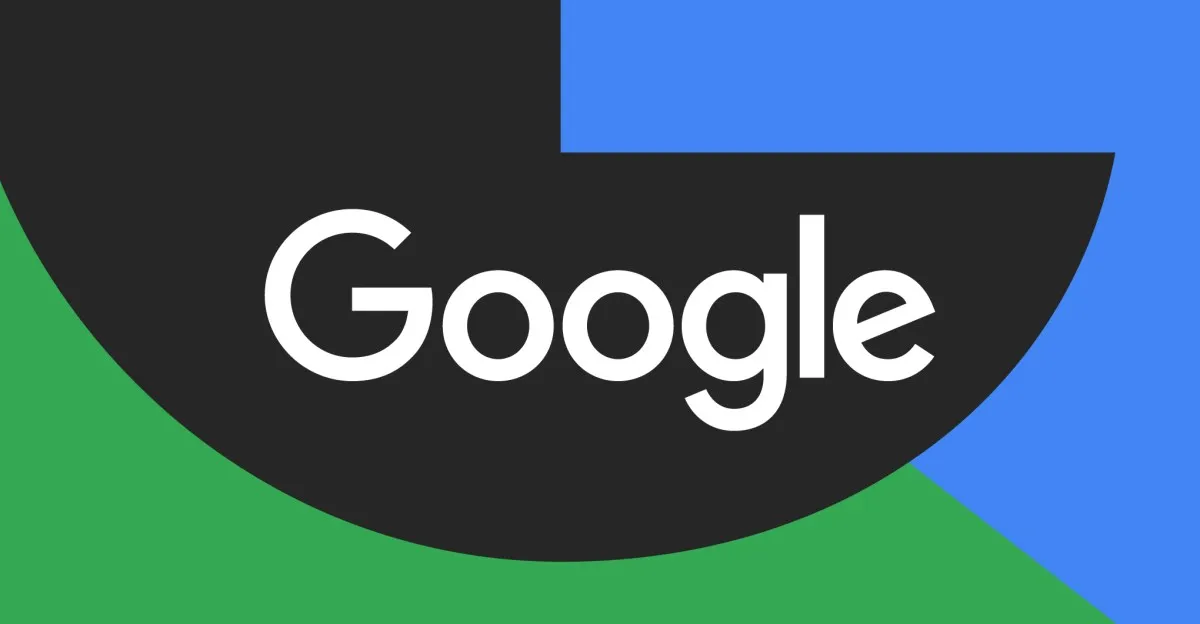
Google is set to employ machine learning to estimate the age of its users, enhancing online safety measures for younger audiences. In an update released on Wednesday, the tech giant confirmed it is testing this machine learning model in the United States. The model aims to determine if a user is under 18, thereby enabling Google to offer more age-appropriate experiences across its platforms.
The introduction of this model was initially disclosed by YouTube CEO Neal Mohan in his annual letter published on Tuesday. The age estimation model will leverage existing data, such as the websites users visit, the types of videos watched on YouTube, and the duration of account ownership, to assess user age. If the system indicates that a user may be under 18, Google will notify them of changes to their settings and provide information on how they can verify their age using a selfie, credit card, or government ID.
Google will implement existing safety features on underage accounts, including the SafeSearch filter that removes explicit content from search results. It will also restrict content on YouTube deemed inappropriate for users under 18. Over time, Google plans to extend its age estimation technology to more countries.
“We will continue to explore additional opportunities to provide increased transparency to users about age estimation at the account level,” stated Google spokesperson Matt Bryant in a statement to The Verge.
This development is likely in response to increased scrutiny surrounding online child safety in the US. Legislation such as the Kids Online Safety Act (KOSA) and COPPA 2.0 are placing demands on tech companies. Additionally, the Kids Off Social Media Act (KOSMA) seeks to restrict access for children under 13 to social media platforms, suggesting that online platforms estimate user ages—a method not always accurate.
In an effort to align with these safety measures, Meta has also begun utilizing AI to detect signals indicating a user might be under 18.
Within the next week, Google will allow parents to limit calls and message notifications on their child's phone and tablet during school hours, a feature first announced last year. Starting next month, parents will be able to add contacts to their child's phone using the Family Link app, restricting phone calls and texts to specific numbers. Additionally, Google will soon enable parents to manage payment cards within their child’s Google Wallet.
Furthermore, the company intends to provide teens access to its NotebookLM AI-powered note-taking app and the Learn About educational AI tool, enhancing educational experiences through technology.